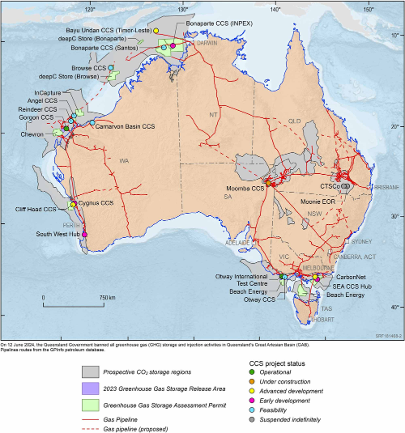What You Need to Know About Scope 1, 2 & 3 Carbon Emissions.
- Decarbonology
- Nov 29, 2022
- 3 min read
Updated: Nov 30, 2022
Reducing your company’s carbon footprint is important for compliance, sourcing of financing, meeting shareholder and client expectations, as well as social license responsibilities.
The increasing focus on sustainability and reducing carbon is now a corporate necessity.
As management guru Peter Drucker famously said, “If you can't measure it, you can't manage it”, so the first step is to measure your carbon emissions.
There are many elements to consider when creating an emissions measurement and reduction framework for your business – from ensuring documentation, systems and reporting are sufficient, to clarifying which standards are you reporting under and how you are going to reduce your emissions.
Decarbonology specialises in supporting businesses through this journey and offers a complete carbon reduction solution for business that spans environmental consulting and carbon accounting, offset strategy and independent verification of carbon credits. Learn more.

Categorising Emissions Under the GHG Protocol
Business carbon emissions have been categorised by the GHG Protocol Corporate Standard into three distinct scopes, to cover both direct and indirect emissions.
SCOPE 1 & 2 EMISSIONS
Scope 1 and 2 emissions come from sources owned or controlled directly and indirectly by an organisation.
Direct Emissions
Scope 1 emissions are direct emissions produced by a company - those emissions that are released into the atmosphere as a direct result of activities at an organization level. Examples of scope 1 emissions are burning fuel in company vehicles and those produced in running office facilities. These can be further broken down into process emissions, fugitive emissions and mobile combustion.
Indirect Emissions
Scope 2 emissions are emissions that a company produces indirectly when the energy that it purchases and uses is produced. This convers all emissions released into the atmosphere as a result of energy that business purchase for electricity, steam, heat and cooling.
SCOPE 3 EMISSIONS
Scope 1 & 2 are relatively straight forward. Scope 3 is more complicated and Decarbonology specialises in this area.
Scope 3 emissions are all indirect emissions not included in scope 2. These are the emissions that occur in the value chain of the company, from both upstream and downstream emissions. These are not produced by the company itself and are not a result of assets owned or controlled by them.
Scope 3 emissions are those that the company is indirectly responsible for - such as when consumers buy, use and dispose of products produced by the company. The majority of emissions produced by organisations fall under scope 3. Therefore, it is not possible to get an accurate read on carbon emissions when scope 3 is not taken into account.
The Importance of Reducing Your Carbon Footprint
While reporting on Scope 1, 2 and 3 emissions may currently be voluntary for Australian companies, there is a growing likelihood that reporting requirements will change in the near future.
Companies which export directly or indirectly to Europe will soon be subject to the Carbon Border Adjustment Mechanism (CBAM), which requires them to pay a carbon price on the emissions in imbedded imports.
Many companies around the world are setting ambitious emissions reduction targets, which directly impact their supply chains and procurement practices by requiring suppliers to have robust decarbonisation plans in place. Procurement contracts are already filtering companies that can reduce emissions from those that can’t.
To avoid losing clients and access to markets, there’s never been a better time to start properly measuring, reporting and disclosing emissions and their strategies to reduce them.
Failure to act could pose an existential threat to the sustainability of your business, whether today or tomorrow.
Future proof your business.
"One of the main ways we help businesses is by calculating their greenhouse gas emissions using the internationally recognised GHG Protocol Standard – which includes Scope 1, 2 and 3 emissions assessments. These three scopes categorise the direct and indirect emissions companies generate both within their operations and across their wider value chain. Once we have benchmarked emissions, we can then assist companies in developing solutions and strategies to achieve their net zero targets." - Cameron Edwards - Director, Decarbonology




Comments